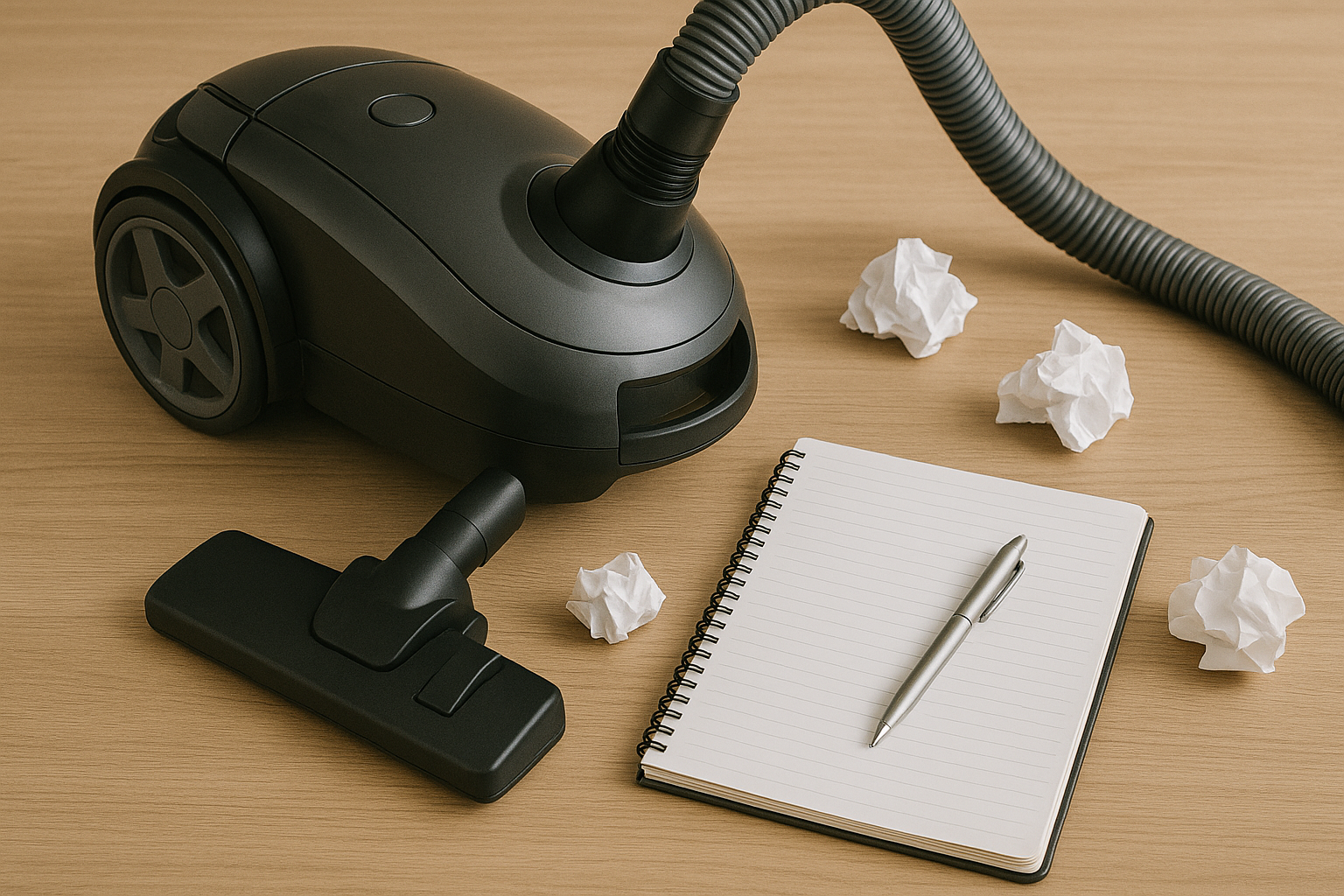🚀 Introduction: The Hard Truth About Entering the Vacuum Market
Launching a vacuum cleaner brand seems exciting. The market is massive, the need is global, and new technologies like robotics and smart sensors create endless opportunities. Yet many first-time vacuum entrepreneurs find themselves regretting common mistakes — errors that could have been avoided with better preparation.
This article explores the most frequent pitfalls vacuum startups face and provides actionable strategies to avoid them.
⚠️ 1. Over-Focusing on Specs, Under-Focusing on Value
One of the biggest mistakes is thinking suction power alone sells vacuums. Many first-time founders obsess over wattage, air watts, or decibel ratings, while ignoring the customer’s lifestyle needs.
For example, a High Suction Vacuum Cleaner might look good on paper, but if it’s heavy, noisy, or inconvenient to use, adoption plummets.
🔗 McKinsey report on consumer-centric design
🧩 2. Ignoring Product Differentiation
The vacuum cleaner market is crowded. Entering with “just another vacuum” is a recipe for failure. Entrepreneurs often overlook how to make their offering stand out.
A Portable Quiet Vacuum Cleaner might succeed in urban apartments if positioned as a lifestyle product.
A Multi-Functional Durable Vacuum Cleaner could thrive in commercial markets where reliability matters more than style.
🛠️ 3. Underestimating Supply Chain Complexities
From motors to filters to batteries, vacuums involve complex supply chains. First-time founders frequently underestimate costs, lead times, and quality control challenges.
A founder rushing into production with a Li-ion Cordless Handheld Vacuum Cleaner may later regret weak vendor contracts or insufficient testing standards.
🔗 Harvard Business School on supply chain risks
💸 4. Mismanaging Costs and Pricing
Another regret: chasing cheap production at the expense of long-term quality. Many entrepreneurs underprice products to gain market entry, only to discover razor-thin margins leave no room for customer support or warranty programs.
A Fast Lightweight Vacuum Cleaner priced aggressively may sell initially but hurt brand reputation if repairs pile up.
🧠 5. Ignoring Smart Tech Integration
Consumers now expect vacuums to be smart home ready. Startups that launch without connectivity or autonomy often fall behind.
For example, cordless handheld vacuums that fail to integrate with mobile apps lose ground to smarter rivals. Similarly, a 4 in 1 Cordless Smart Wet & Dry Vacuum Cleaner can stand out if it syncs with IoT ecosystems and adapts cleaning patterns.
🔗 MIT Technology Review on AI in household devices
🌍 6. Neglecting Sustainability and Certification
Today’s buyers — especially institutional clients — want proof of sustainability. A Large-Capacity Wet Dry Vacuum Cleaner without ecolabels or HEPA certifications risks being excluded from corporate procurement lists.
Likewise, overlooking sustainability in design makes your Energy-Saving Efficient Powerful Vacuum Cleaner less competitive against eco-certified rivals.
🧾 7. Weak Branding and Storytelling
First-time founders sometimes treat branding as an afterthought, focusing instead on engineering. But in B2B and consumer markets alike, storytelling sells.
Your Self-Cleaning Vacuum Cleaner is not just a product; it’s a promise of convenience and hygiene. The Car Vacuum Cleaner is not just for vehicles; it’s part of a lifestyle that emphasizes mobility and independence.
📊 8. Overlooking After-Sales Support
Warranty policies, spare parts, and responsive service often determine whether a vacuum brand survives past the first year. First-time founders sometimes fail to budget for robust after-sales systems.
For example, a wet dry vacuum sold without adequate spare parts availability creates dissatisfied customers, damaging word-of-mouth growth.
🧭 Conclusion: Turning Regret into Readiness
Most first-time vacuum entrepreneurs regret overlooking strategy in favor of short-term wins. The recurring themes are clear: overvaluing specs, ignoring differentiation, underestimating supply chains, and neglecting branding or sustainability.
But with careful planning, clear positioning, and smart investment in technology and certifications, new entrants can avoid these traps.
In short, a Cordless Vacuum Cleaner backed by thoughtful branding, sustainable design, and real customer support will always outperform a spec-driven clone.
📎 For more insights and solutions, visit: www.lxvacuum.com
🪪 Tag: Vacuum cleaner supplier

















